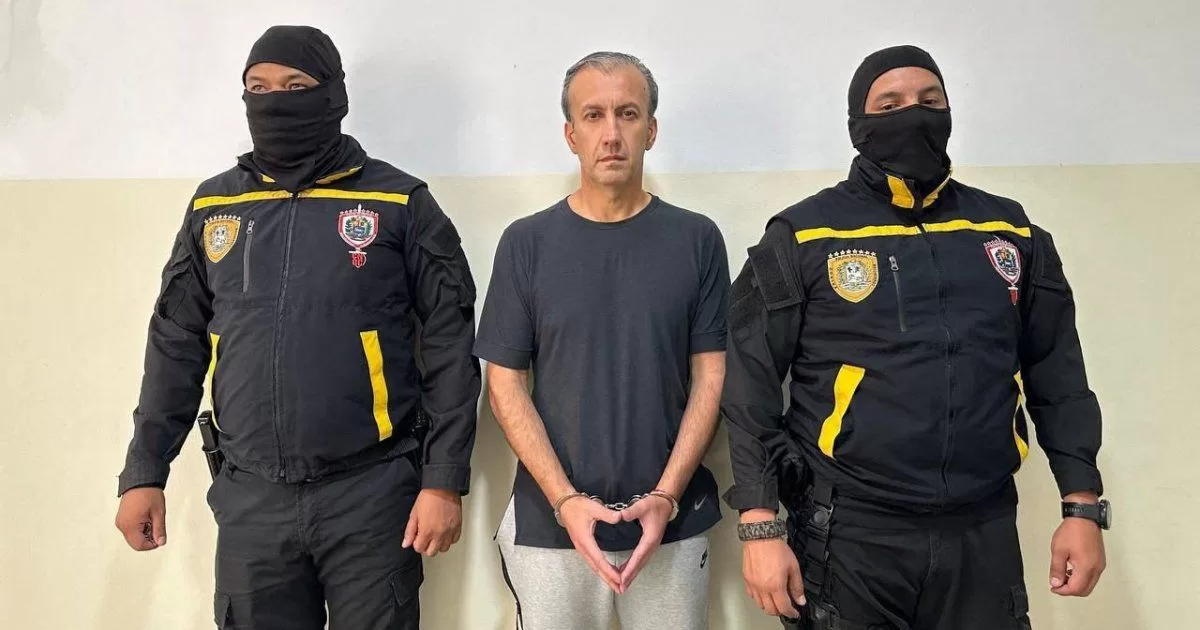In the United States, scientists develop the first clinical trial for a pill that removes radioactive contaminants from inside the human body. The experimental drug HOPO 14-1 will, for the time being, only be tested on people over 18 who are otherwise healthy. The idea is to understand whether the medication is tolerable for the body. Later, the drug will be evaluated in individuals who have been exposed to radiation.
Before we continue, it is worth explaining that radioactive contamination occurs when radioactive elements are absorbed by injured skin (cuts and wounds), inhaled through the air or even ingested through food. This type of exposure can occur after a nuclear accident, such as the one that occurred at the Chernobyl Nuclear Power Plant in 1986. In theory, the medication could also be used by populations that are victims of nuclear weapons. Without any treatment, ionizing radiation damages human DNA, potentially causing cancer and death.
Radioactive elements controlled by the pill
In preclinical studies, those done in the laboratory and with animal models, the pill has been found to remove some radioactive contaminants from the body, such as:
- Uranium;
- Netúnio (Neptúnio);
- Plutonium;
- Amerício;
- curium.
Today, medical alternatives already exist for the removal of some radioactive contaminants, such as plutonium, americium and curium. These are drugs containing diethylenetriamine pentaacetate (DTPA), approved by the Food and Drug Administration (FDA).
However, they need to be given intravenously or by nebulizer, are only available in hospital settings, and have low efficacy. For example, HOPO 14-1 is up to 100 times more effective than DTPA in removing radioactive elements.
Another point is that, in case of emergency or war, the use of a pill will be much more functional, allowing more lives to be saved. Even the current research receives funding from the US government, through the National Institute of Allergy and Infectious Diseases (NIAID).
How will the radiation pill test be done?
In the first phase of clinical studies, scientists will recruit 42 healthy volunteers, aged between 18 and 65 years. Participants will be divided into six groups, which will allow the team to investigate the impact of different doses of the pill on radiation. The drug dosage will vary from 100 mg to 7500 mg — this will be the maximum dose.
Throughout the study, volunteers will be monitored by specialists. For the first 14 days after taking the pill, monitoring will be intensive. It is during this period that scientists will measure the drug’s absorption, distribution and elimination. The step should be completed in 2024.
“The results of this first human clinical trial are important for understanding the safety of this product and how it is distributed and eliminated by the body. We hope this work paves the way for the product to advance towards eventual market approval,” says Polly Chang, Scientific Director of the Biosciences Division at SRI International and one of those responsible for the research, in a statement.
Source: NIH e SRI International





